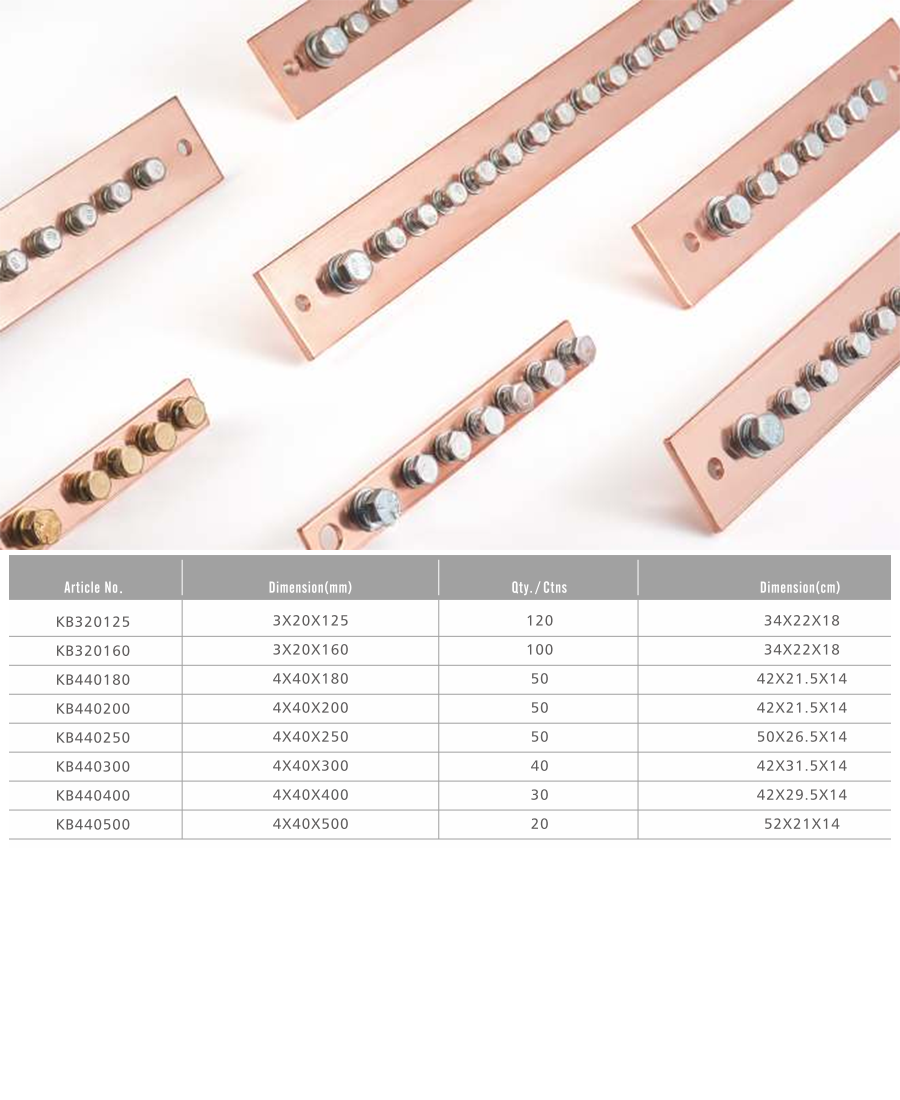Copper Terminals in Harsh Environments – Marine, Offshore & Outdoor Reliability Guide
A practical reference for engineers, electricians, and maintenance teams working in marine, offshore, mining, and outdoor conditions. Learn how to prevent corrosion, improve sealing, and extend service life of copper terminals.
Environmental Challenges
Harsh environments like coastal installations, offshore platforms, mines, and outdoor solar/wind farms expose copper terminals to salt spray, chemical contaminants, temperature fluctuations, and mechanical stress. These factors accelerate corrosion and reduce reliability if terminals are not properly designed or protected.
Material & Plating Options
- Tin-Plated Copper: Standard for general outdoor use, providing moderate corrosion resistance.
- Nickel-Plated Copper: Withstands high temperatures and chemical exposure, ideal for mining and industrial sites.
- Silver-Plated Copper: Excellent conductivity, suitable for high-reliability marine and aerospace applications.
Choosing the right plating dramatically affects the lifespan of copper terminals in harsh environments.
Sealing & Insulation Techniques
- Heat-Shrink Tubing: Provides insulation and mechanical relief. Adhesive-lined variants add a moisture barrier.
- Cold-Shrink Sleeves: Quick to apply in offshore repairs, ensuring uniform sealing.
- Gel-Filled Boots: Used in telecommunications and outdoor control panels for extended sealing protection.
Corrosion Prevention
Key strategies to protect copper terminals in harsh conditions:
- Apply dielectric grease to prevent moisture ingress.
- Use double-sealed lugs for marine-grade reliability.
- Select stainless steel hardware with lock washers to reduce galvanic corrosion.
- Perform proper crimping and torqueing to avoid micro-gaps where moisture can accumulate.
Inspection & Maintenance
Routine inspection is essential for safety and performance:
- Conduct visual inspections for discoloration, rust, or cracking insulation.
- Perform thermal imaging to detect hot spots caused by corrosion or loosening.
- Reapply anti-corrosion compounds during scheduled maintenance intervals.
Case Studies
Marine Environment
Onboard ships, tin-plated terminals combined with adhesive heat-shrink tubing showed a lifespan of 5–7 years before replacement was required.
Mining Operations
Nickel-plated copper lugs with stainless hardware reduced annual failure rates by 40% compared to bare copper.
Outdoor Solar Farms
Gel-filled boots prevented moisture ingress, extending terminal service life beyond 10 years in humid climates.
Frequently Asked Questions
Can bare copper lugs be used outdoors?
No. Bare copper oxidizes quickly and should always be plated or sealed in outdoor conditions.
Is dielectric grease necessary?
Yes, especially in marine and offshore environments. It significantly slows corrosion by blocking moisture and salt penetration.
How often should marine terminals be replaced?
Inspection should be annual, with replacement typically every 5–7 years depending on exposure and maintenance quality.
Conclusion
Installing copper terminals in harsh environments requires special attention to materials, plating, sealing, and ongoing maintenance. By selecting marine-grade components, applying proper insulation, and adhering to corrosion prevention practices, installers can achieve long-term reliability even in the toughest conditions.



